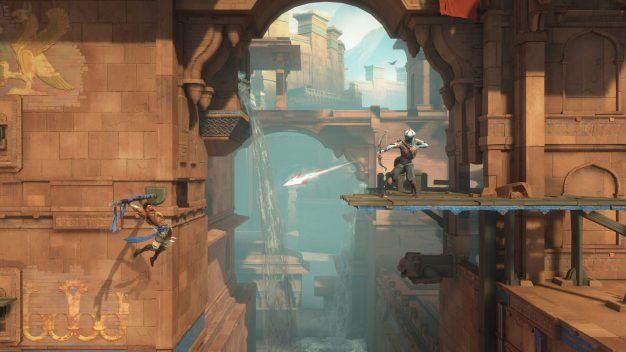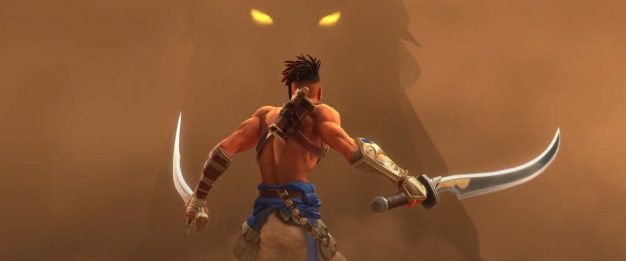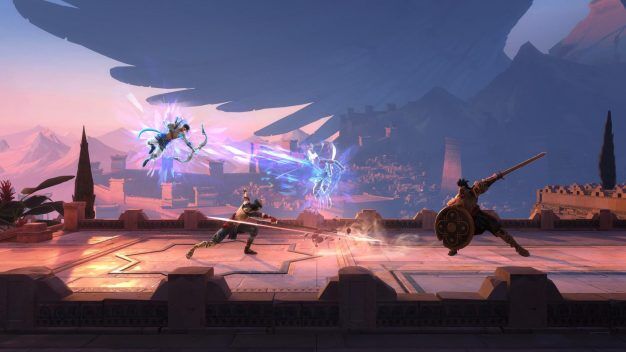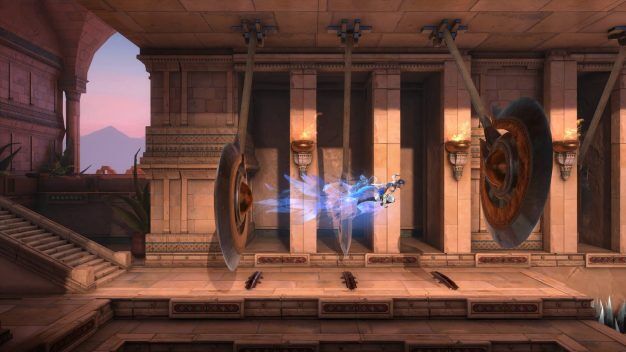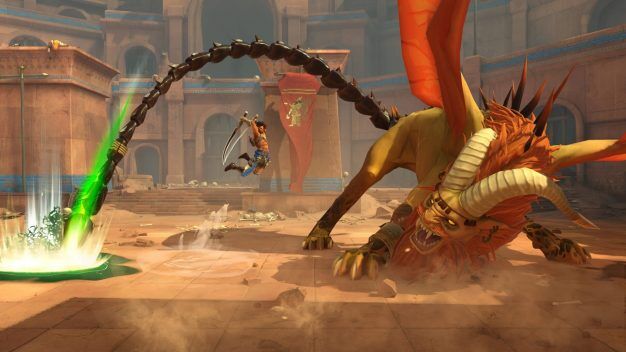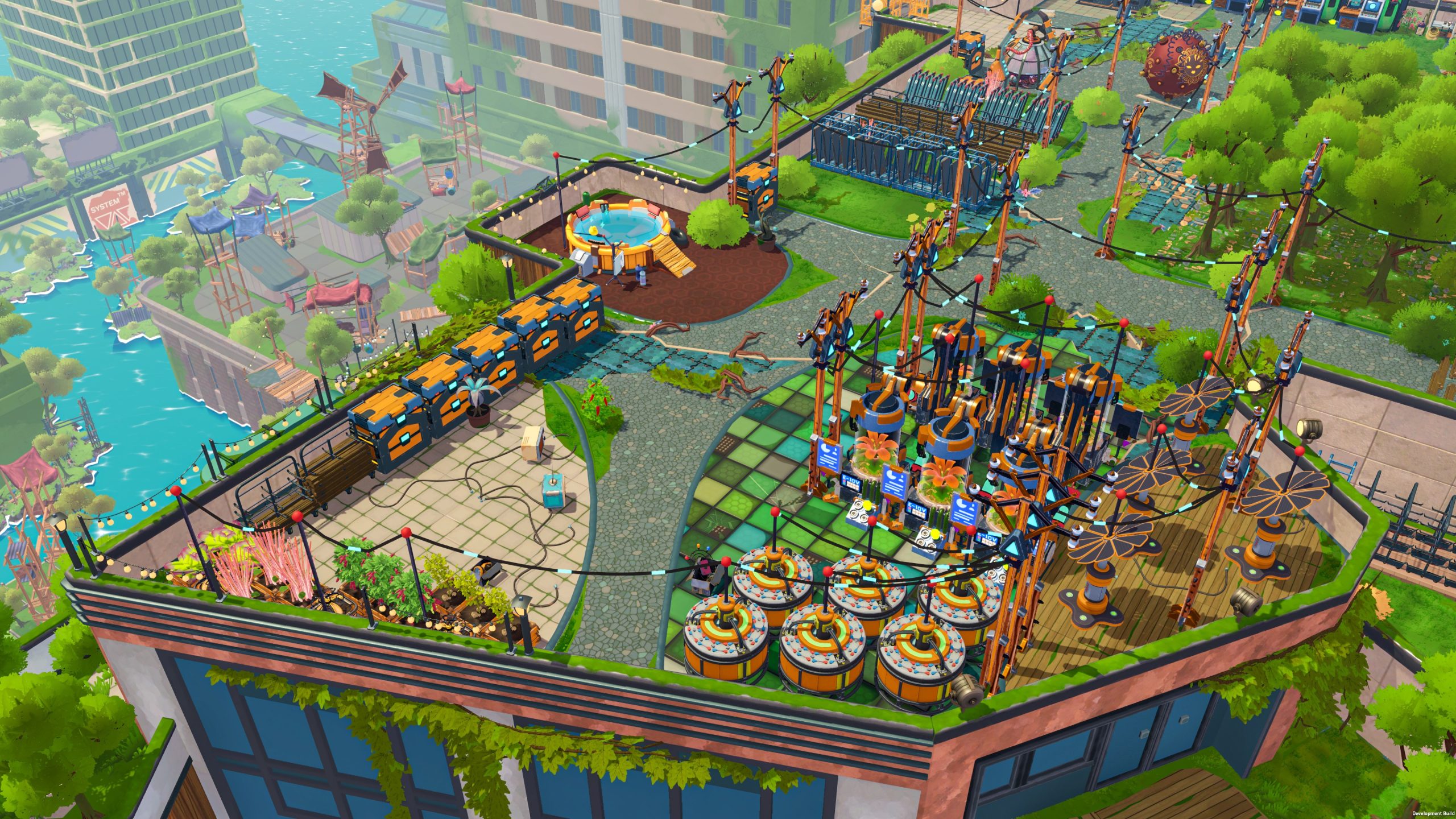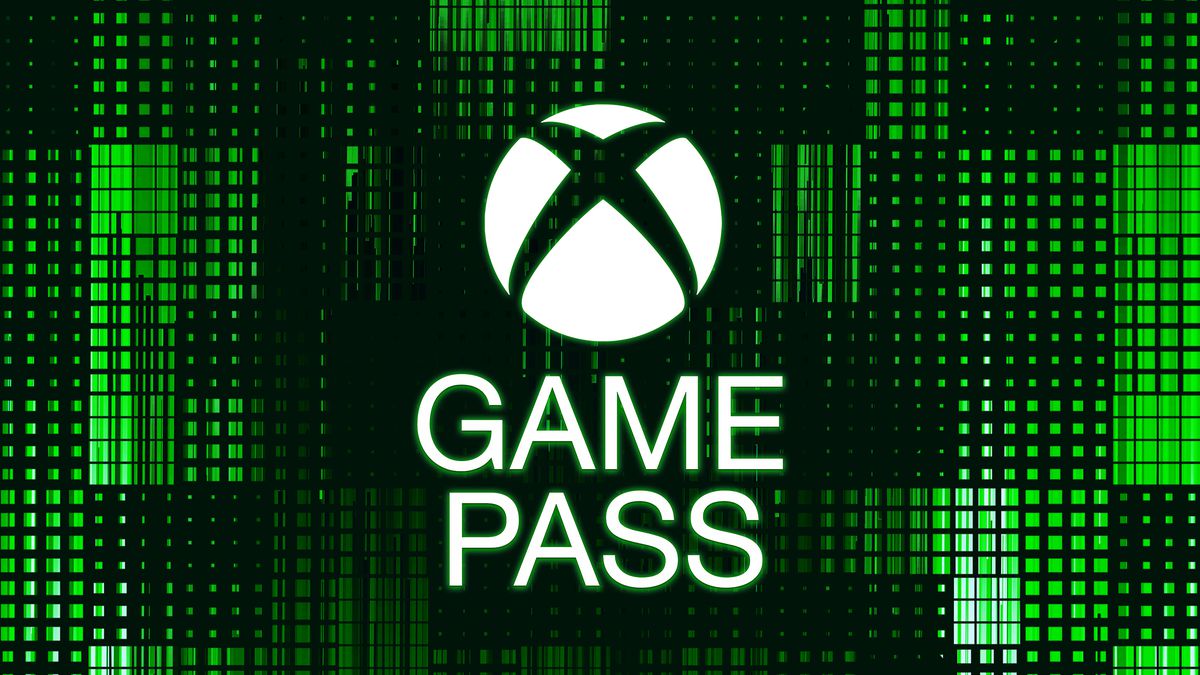There’s a lot of discourse about difficulty levels in video games these days. In particular, even as accessibility becomes a focus for developers, there are plenty of people who believe that the only way to truly experience certain games is with high difficulty, and that anything else would either dilute the experience or not be viable to include. I’ve never been a fan of that point of view, and it seems neither has Ubisoft, because Prince of Persia: The Lost Crown stands as proof that even a game that prioritizes challenge can be great at any difficulty level.
The reason I’m starting the review here, instead of with the gameplay or story, is because I want to recognize the good decisions Made in Prince of Persia’s development. Much has already been made of the Memory Shards mechanic, which allows players to take an in-game screenshot pinned to the map. That way, when you unlock a new ability, you can look at the screenshot to determine if the part you marked has become accessible. As a Castlevania fan, I have spent a lot of time backtracking, only to find it was a waste of time. But this is just the tip of the iceberg. In addition to platforming, this game features the typical “parry and dodge” combat mechanics of modern action games. But you can tailor the difficulty to your liking, so if that isn’t your thing (or if you’re like me and suck at timing), the game has you covered. It’s still challenging, even on the easiest setting, but at least you can customize the challenge.
This approach to accessibility extends to the navigation in this Metroidvania, beyond just the Memory Shards. Players are presented with two options: exploration mode, which lets the player find their own way around Mount Qaf; and guided mode, which puts your next main objective on the map and reveals newly opened passages. Stress from a lack of clear objectives has killed my experiences with many modern games, so this feature is really the key to me being able to play The Lost Crown at all. But for all the well deserved praise, there is one thing for which the game takes an all-or-nothing approach: platforming. The only assist for the game’s platforming challenges is to skip them entirely; a middle ground would have been nice there. But other than that, the suite of options is seriously impressive.
That’s all well and good, but what about the game itself? The Lost Crown doesn’t play like any previous games in the series. While it shares 2D gameplay with the original Prince of Persia, the controls are much smoother, and as I said before, it’s a Metroidvania this time. The platforming takes its cues not just from later games in the series, but also the hand-drawn Rayman games, and it shows. Everything is smooth, quick, and reactive. There are some seriously challenging platforming areas on Mount Qaf, but every time I failed (and I failed often), it always felt like my fault, not the game’s. You really have complete control over protagonist Sargon, and that makes completing the hardest parts feel like challenges to overcome rather than exercises in frustration. Each ability you unlock feels like a natural progression too, opening up more and more areas to explore. There were a couple areas here and there that tested my patience, but I got through them long before I was tempted to give up.
That’s about what I expected from The Lost Crown, but I didn’t expect the challenging combat; I had assumed it would be more like Castlevania. Instead, Sargon needs to parry and dodge attacks. I can’t speak too much to how well that works, since as I said, I’m terrible with timing. But I can say that even on an easier difficulty setting, the parrying often felt a little bit off. Everything else feels like a typical modern action game: there are color-coded attacks that you can only dodge, you have a projectile weapon that doesn’t do a lot of damage but is good for support, bosses have attacks that feel almost impossible to avoid…it’s all very familiar. That doesn’t necessarily make it bad, but it does feel generic. The one part I do like is that parrying certain attacks leads to a cinematic takedown that drains a bunch of the enemy’s health, which always feels satisfying. But overall, the combat is just fine. What does help make it feel better is the option to equip a variety of amulets that change things about the combat. For example, there’s one I used a lot that creates a bubble of slow motion when you successfully parry attacks, and another that makes the aforementioned projectile weapon more powerful; it was cool to customize my experience that way.
That just leaves the story, which is, in a word, confusing. The beginning plays out in a pretty straightforward manner: the prince is kidnapped, and Sargon is part of the order of warriors charged with returning him. But over time, there are elements that rely on parsing historical documents found throughout the game world and details that are made more confusing thanks to time travel shenanigans. Without spoiling anything, the ending also leaves a number of things unresolved, so it doesn’t feel satisfying. The emotional moments in the story that work really work well, and I like Sargon, but overall the plot is kind of hit or miss.
That being said, plot isn’t really what drew me to this game. I was drawn by the striking art design and perfect platforming. The only game I’ve played recently that feels this good is Super Mario Bros. Wonder, and that’s Mario. Even though the combat isn’t entirely my cup of tea, it’s just robust enough to be interesting without feeling overly complicated. And while the ending is disappointing, this isn’t an especially narrative-heavy game anyway. The positives far outweigh the negatives, in any case, and especially with the many accessibility options, I would recommend Prince of Persia: The Lost Crown to anyone. A game can be challenging and not “hold your hand” while still having options for players who need the assist, and I hope that becomes a trend going forward.
Crown jewel
8/10
Summary
‘+ Amazing platforming
+ Unique visuals
+ Many accessibility options
– Confusing story
– Average combat

